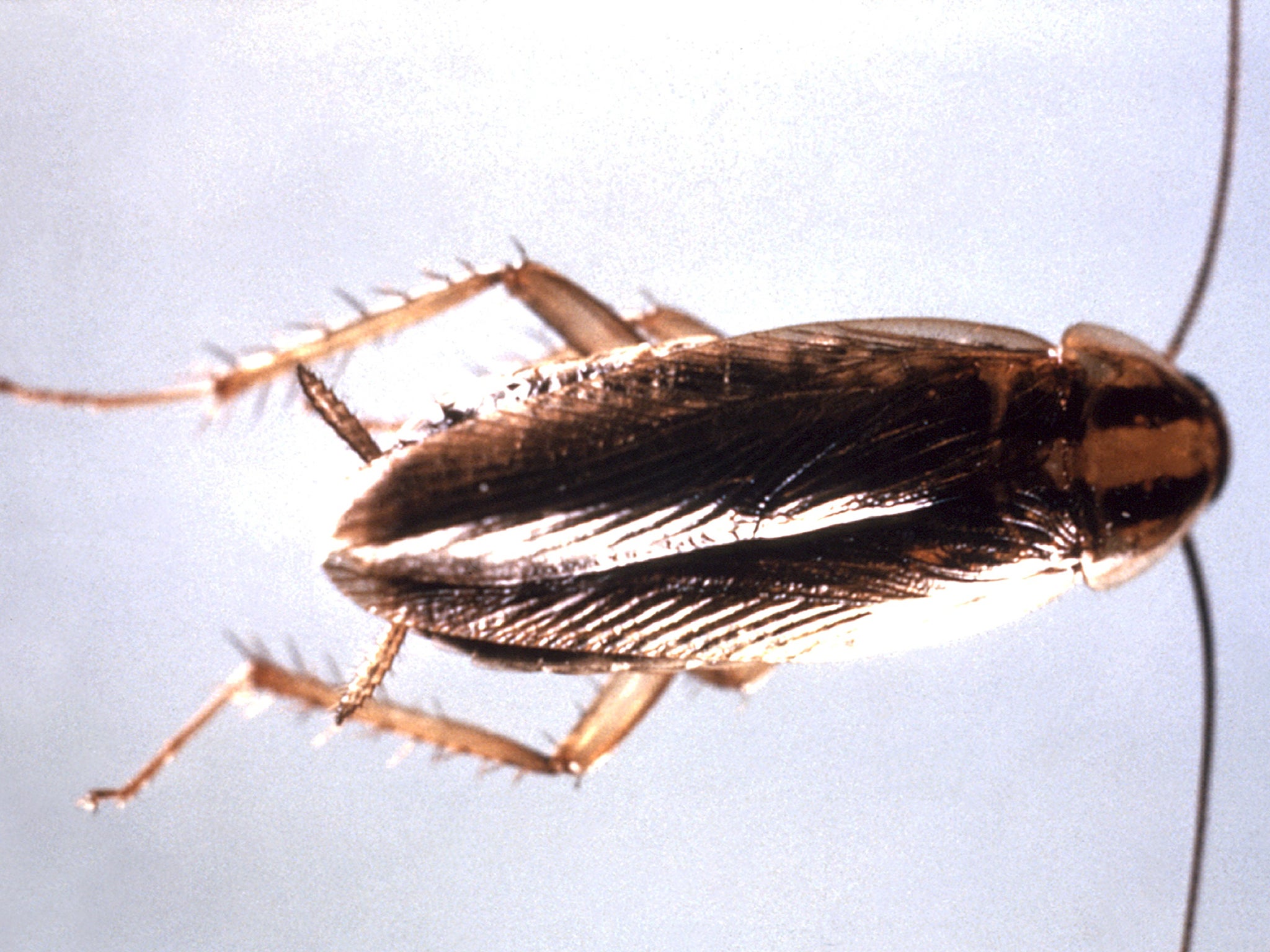Cockroaches’ jaws can turbocharge so that bites are 50 times greater than their body weight
The insects have a special set of muscles that make them able to bite five times stronger than a human’s, relative to their size

Your support helps us to tell the story
From reproductive rights to climate change to Big Tech, The Independent is on the ground when the story is developing. Whether it's investigating the financials of Elon Musk's pro-Trump PAC or producing our latest documentary, 'The A Word', which shines a light on the American women fighting for reproductive rights, we know how important it is to parse out the facts from the messaging.
At such a critical moment in US history, we need reporters on the ground. Your donation allows us to keep sending journalists to speak to both sides of the story.
The Independent is trusted by Americans across the entire political spectrum. And unlike many other quality news outlets, we choose not to lock Americans out of our reporting and analysis with paywalls. We believe quality journalism should be available to everyone, paid for by those who can afford it.
Your support makes all the difference.Cockroaches are able to turbocharge their jaws so that they can bite with a force 50 times greater than their own body weight.
The insects have a special set of “slow twitch” muscles that build up strength and then provide a huge boost to their bites. The muscles allow them to bite with a force five times stronger than humans, relative to their size.
Engineers hope that they can use the techniques found in cockroaches to build powerful machines and systems of their own, such as small and strong motors that can be used in very small surgical equipment.
"As insects play a dominant role in many ecosystems, understanding the amount of force that these insects can exert through their mandibles is a pivotal step in better understanding behavioural and ecological processes and enabling bio-inspired engineering, lead researcher Dr Tom Weihmann, from Cambridge University's Department of Zoology, said.
"Ours is the first study to measure the bite forces of ordinary insects, and we found that the American cockroach, Periplaneta americana, can generate a bite force around 50 times stronger than their own body weight. In relative terms that's about five times stronger than the force a human can generate with their jaws."
Previous studies have been focused on larger animals with teeth. But the new study looks instead at cockroaches’ unusual biting system, which uses horizontally-aligned blade-like mandibles.
The cockroaches use the system for shredding food, digging, transport, defence and feeding offspring. But the size of their heads mean all that must be packed into a tiny space.
To discover how the jaws work in such a small space, the scientists measured the force of hundreds of bites with insects opening their mouths at different angles. They found that the bites were at different levels of force, including shorter, weaker bites and more powerful ones that lasted a lot longer.
"The weaker, shorter bites were generated by relatively fast muscle fibres, while the longer, stronger bites were driven by additional muscle fibres that take time to reach their maximum force," said Dr Weihmann. "These slower muscle fibres give the mandibles a force boost to allow them to exert up to 0.5 Newtons during sustained grasping or chewing.
"The employment of slow muscle fibres allows very efficiently generated muscle forces with only a minimum of cross section area, and therefore head volume, required."
The study is published in the journal Public Library of Science ONE.
Join our commenting forum
Join thought-provoking conversations, follow other Independent readers and see their replies
Comments